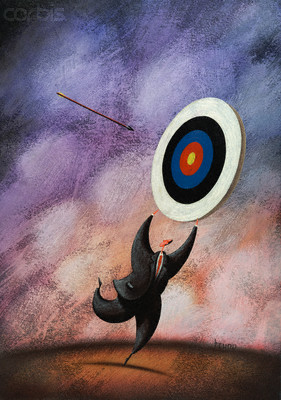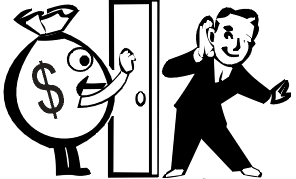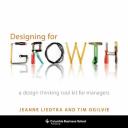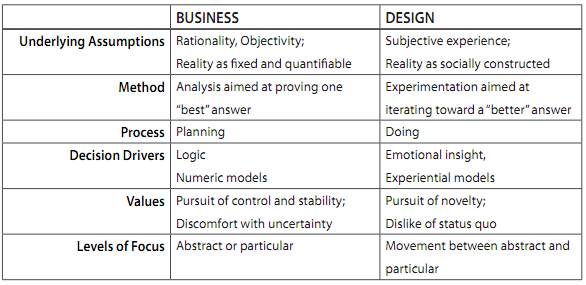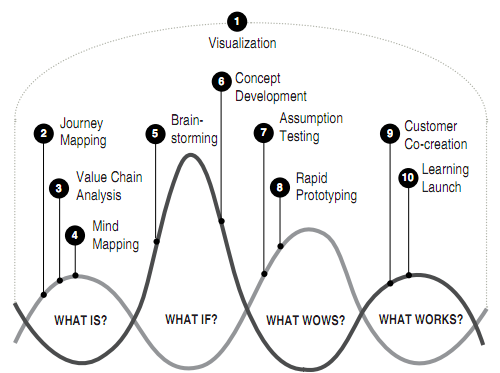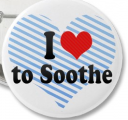Body Image Morphing Triggers Pain Relief
Thursday, April 28th, 2011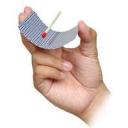 Good magic and placebos clearly illustrate the power of cognitive design. Magic explicitly uses an understanding of how minds work to demonstrate to us in plain sight something we know is impossible. Placebos on the other hand accidentally play off of how minds work to demonstrate to clinicians something that should be biochemically impossible. In both cases our minds are fooled. Optical illusions and sugar pills that none the less create real effects not because of how the world works but because of how our minds work.
Good magic and placebos clearly illustrate the power of cognitive design. Magic explicitly uses an understanding of how minds work to demonstrate to us in plain sight something we know is impossible. Placebos on the other hand accidentally play off of how minds work to demonstrate to clinicians something that should be biochemically impossible. In both cases our minds are fooled. Optical illusions and sugar pills that none the less create real effects not because of how the world works but because of how our minds work.
That’s why I was especially intrigue by claims made by Canadian researchers that they created a machine that produces hand illusions that significantly reduce osteroarthritis pain. The machine captures a real-time video of your hand and uses some optics and simple sensors to trick you into believing your finger is being stretched or shrunk. I captured an image of their YouTube video below.
It feels and looks real and is enough to reduce joint pain by 50% in 85% of the members in one test group. There is other literature related to the use of optical illusions to relieve pain.
What else can we design optical placebos to do? How can the emerging technology of augmented reality (visual overlay of information on real objects) be used to create applications that leverage these cognitive effects?






